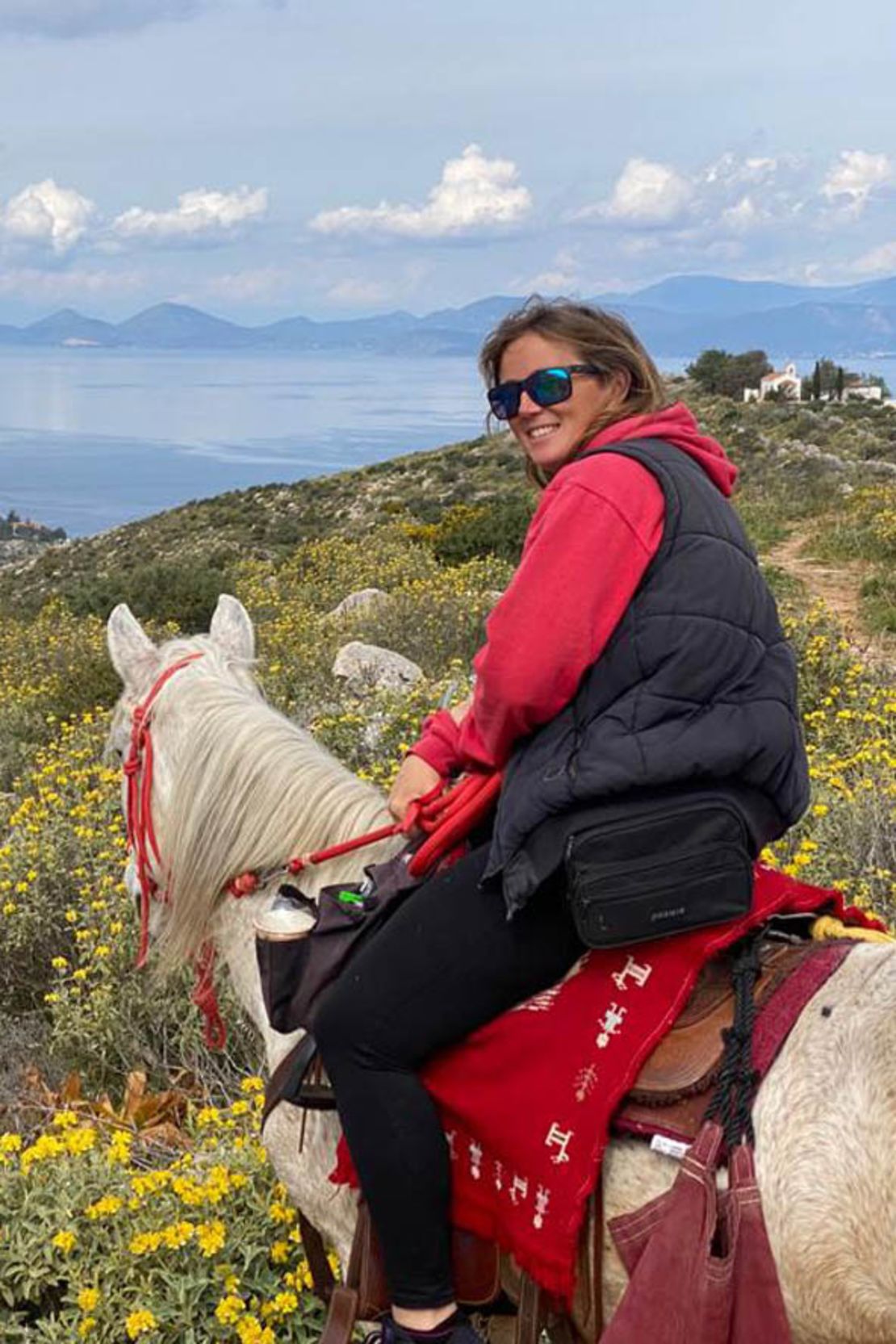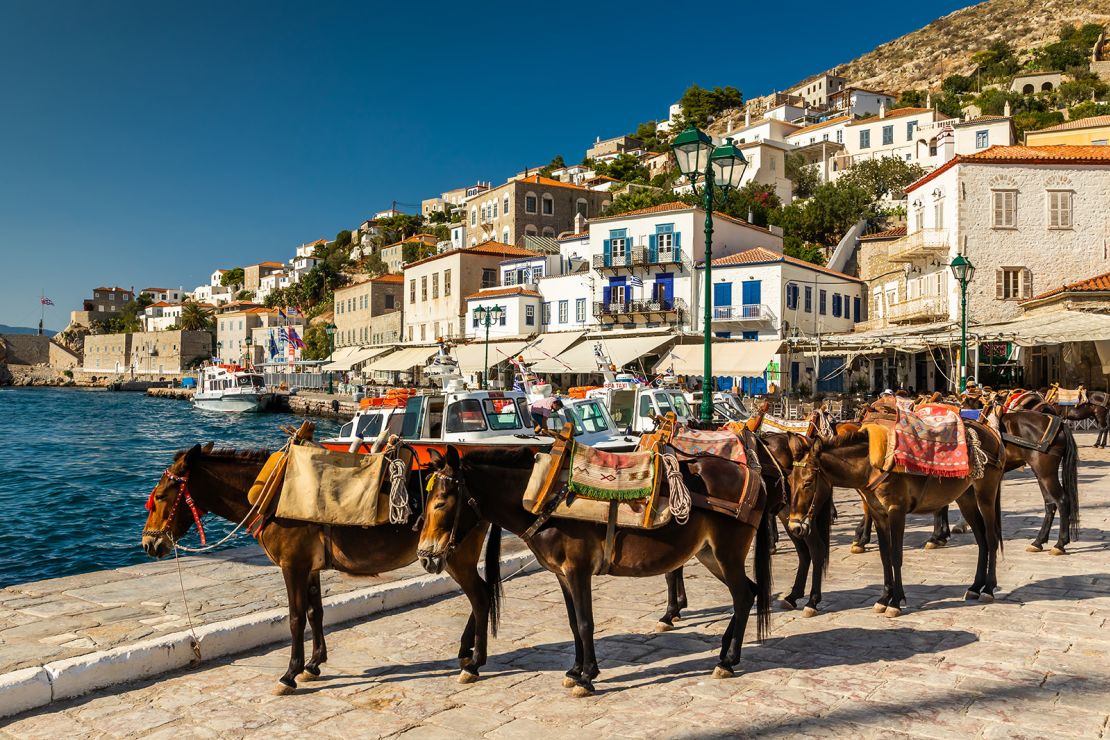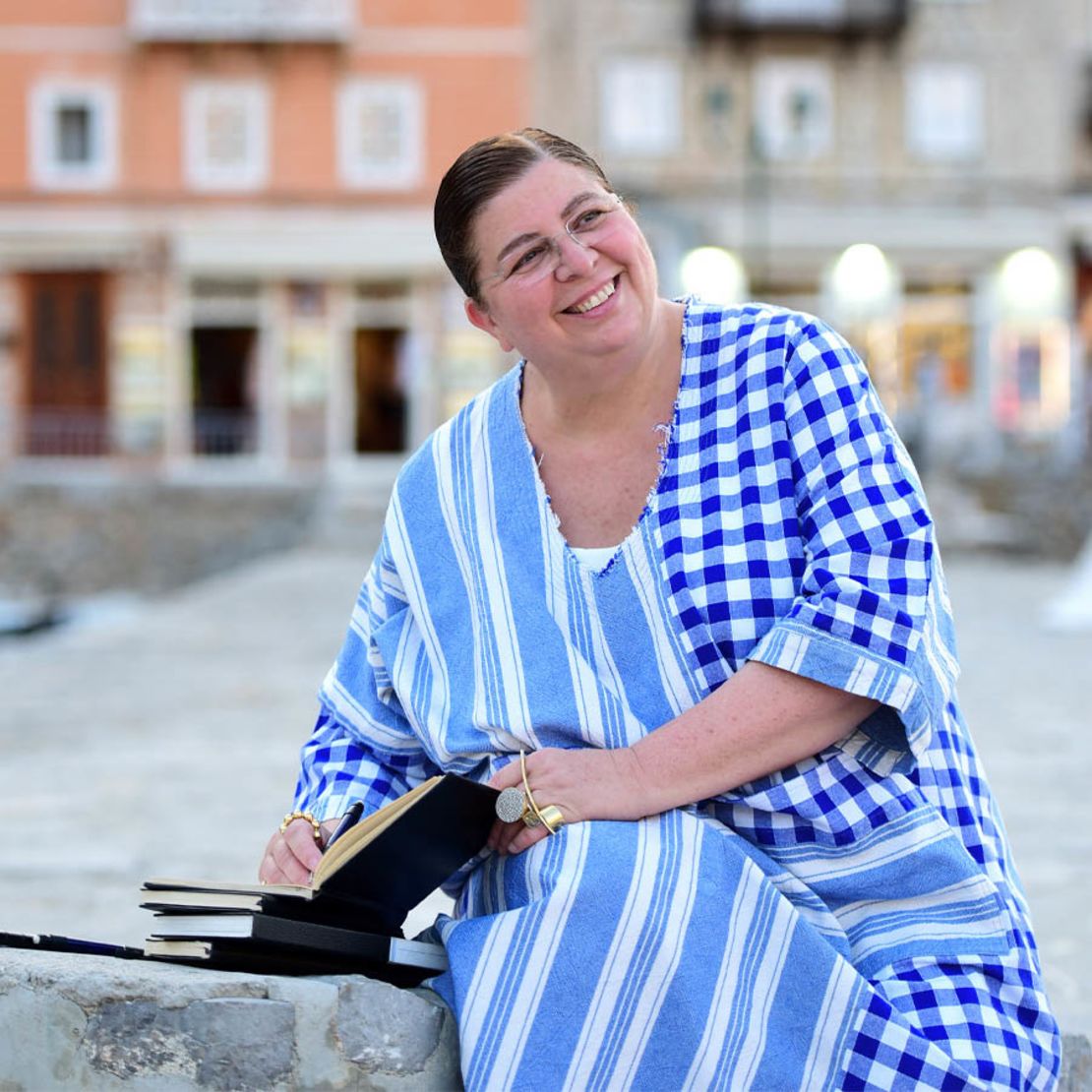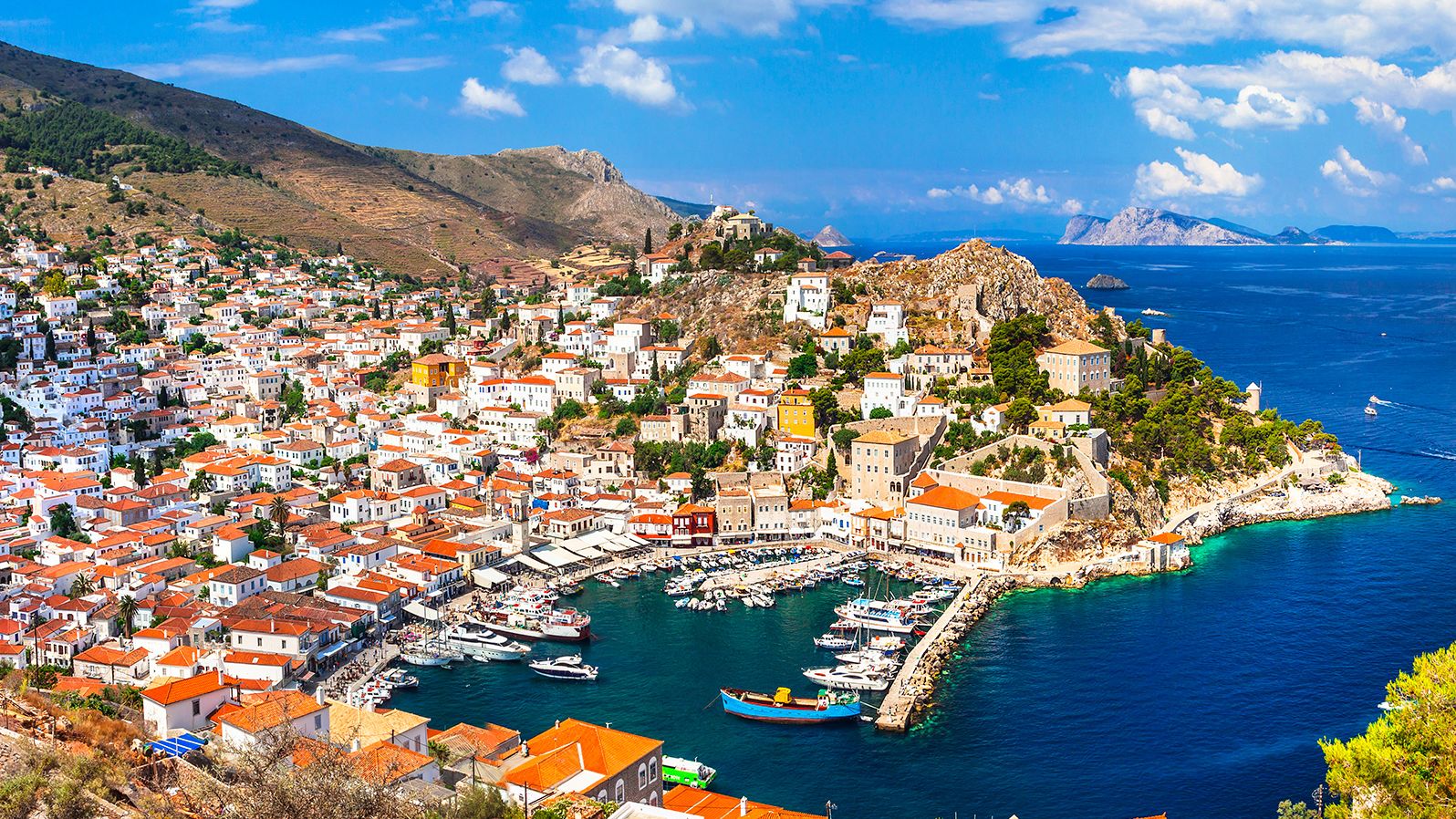Hydra is at first glance no different from its neighbors. Like other islands in the Aegean Sea, it has white-washed streets, fragrant jasmine-filled air and breathtaking vistas of the shimmering blue waters around it.
What sets Hydra apart is its favored mode of transportation. Locals have resisted the clamor of honking horns, instead embracing the rhythmic sound of horse hooves.
Here, cars are not just absent; they’re intentionally kept away. A ban on motorized vehicles (except fire and refuse trucks and ambulances) is enshrined in local legislation.
The Greek island’s population of about 2,500 locals get around using mules, donkeys and small horses.
Stepping off the ferry and onto Hydra Port, the heart of the island, visitors are met by small horses gracefully weaving their way through the cobblestone streets and giving them a taste of the island’s unhurried pace.
As you wander through Hydra’s quaint pathways, it’s common to witness locals going about their daily business, accompanied by their four-legged companions.
From Kaminia, a tranquil village on the southern coastline adorned with traditional stone houses, to Mandraki on the island’s western shores, renowned for its pristine waters and laid-back aura, the island is intertwined with their presence.
“Hydra is an island that really takes you back in time,” says Harriet Jarman, owner of horse trekking company, Harriet’s Hydra Horses.
“All the transportation on this island is done by horses or mules. Because there are no cars, everyone’s lives are a little bit calmer.”
No cars? No problem

Jarman’s connection with Hydra began 24 years ago when her mother brought her to the island on vacation, leading to a life-changing decision to make Hydra their permanent home.
It was a decade later, during Greece’s economic crisis, when Jarman faced pressure to sell her cherished horse, Chloe.
Determined to keep her beloved companion, she decided to establish her horse trekking business, a venture that not only supported Chloe but also allowed her to share her love for the island’s landscapes.
“I got fed up with everyone telling me to sell her (Chloe) because it’s expensive to keep a horse,” she recalls. “I thought, okay, I’m going to show people the reasons why I want to stay on the island myself.”
The company now has a team of 12 horses, with guided tours across the island’s trails led by experienced equestrians.
These journeys take in Hydra’s many quaint monasteries and picturesque beaches. Riders can even take a refreshing swim alongside the horses.
A heritage carved in hoofprints

The decision to embrace traditional horse-drawn transportation, known as “cáiques,” pays homage to the island’s rich heritage and commitment to sustainable living.
During the 18th and 19th centuries, Hydra flourished as a bustling maritime hub. But as the 20th century arrived, bringing motorized transport to the rest of Greece, the island’s narrow and steep streets, coupled with rocky terrain, made cars impractical to get around in.
And so residents clung to equine transportation, which could traverse the rugged landscape more efficiently.
Over time, this reliance on hooves became ingrained in Hydra’s culture and way of life.
Donkeys and mules became an integral part of the island’s identity and were used to transport goods, building materials and even people around the island – a tradition that persists to this day.
“Everyone around here lives off their backs,” Jarman says. “They are our cars and hands, carrying everything from building materials and furniture to luggage and shopping.”
An artistic paradise

The absence of cars has contributed to the island’s undeniable tranquility, drawing in creatives from all over, including renowned Italian actress Sophia Loren, who fell in love with Hydra while filming “Boy on a Dolphin” in 1957.
“Hydra offers wonderful colors, beautiful light and a unique atmosphere that has inspired many people,” says jewelry designer and Hydra native, Elena Votsi.
Known for her work that blends traditional craftsmanship with modern aesthetics, Votsi draws inspiration from her Greek heritage as well as nature and geometry.
Although born in Athens, Votsi says she spent summers and holidays on Hydra, visiting her father. She says the absence of cars makes it a magical place to work and has inspired her designs since the beginning of her career.
“The sun, rocks and patterns of the waves inspired me. The island’s natural beauty and uniqueness have had a significant influence on my creative process,” Votsi said.
In 2003, she was invited to partake in a competition to redesign the Summer Olympic Games medal for the International Olympic Committee.
Upon receiving the invitation to compete, Votsi headed to her home in Hydra. The island, with its ineffable charm, played muse, instigating a creative journey that would lead to Votsi winning the contest and adding her name in the records of the world’s most celebrated sporting events .
Many famous artists have visited or lived on Hydra. The island’s magnetic charm has drawn painters Brice Marden, Alexis Veroucas, Panagiotis Tetsis, Nikos Hadjikyriakos-Ghikas and John Craxton, as well as author Henry Miller to its shores, each finding inspiration amid its tranquil landscapes.
Canadian singer-songwriter Leonard Cohen discovered Hydra in the 1960s and made it his home for several years. His time on Hydra is immortalized in his song “Bird on the Wire,” which he partially wrote while living there.
“Hydra is a paradise. It’s a magical place to work and a blessing that I can come here as an artist, as so many others have done before me and will continue to do,” Votsi said.




